May 21, 2025 | 09:38 GMT +7
May 21, 2025 | 09:38 GMT +7
Hotline: 0913.378.918
May 21, 2025 | 09:38 GMT +7
Hotline: 0913.378.918
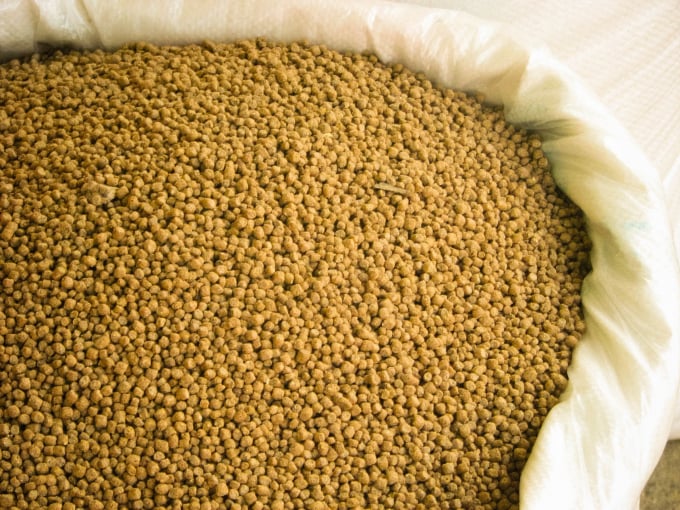
With turnover reaching $ 221.12 million, the animal feed exports from Vietnam to China increased 109 per cent in the last seven months or doubled the figure of the same period of last year. Photo: TL.
According to the General Department of Vietnam Customs, Vietnam’s animal feed exports hit US$ 617.63 million in the first seven months of 2021, up 46.7 per cent compared to the same period of last year.
China remains the biggest importer of Vietnam's animal feed and materials for animal feed production.
With turnover reaching $ 221.12 million, the animal feed exports from Vietnam to China increased 109 per cent in the last seven months or doubled the figure of the same period of last year.
The exports to China accounted for 35.8 per cent of the country’s total animal feed exports.
Cambodia is now Vietnam’s second-largest importer with a turnover of $90.16 million in the first seven months of 2021, up 36 per cent compared with that of the same period last year.
The exports to Cambodia accounted for 14.6 per cent of Vietnam’s total animal feed exports.
Meanwhile, the US became Vietnam’s third-biggest importer of livestock feed with turnover hitting $67.39 million, up 16 per cent year-on-year and accounting for 10.9 per cent of Vietnam’s total animal feed exports.
Last year, Vietnamese exports of animal feed to China topped $211.23 million, a yearly increase of 16 per cent. Meanwhile, the figures to Cambodia and the US hit $122.3 million and $114.5 million, year-on-year increases of 23 per cent and 125 per cent increases, respectively.
Translated by Hien Anh
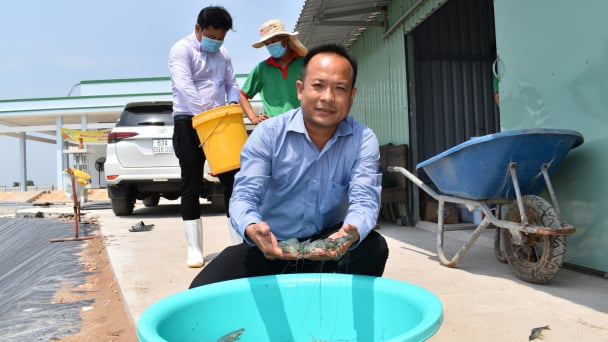
(VAN) One of the key factors for businesses to effectively take advantage of tariff preferences under these FTAs is the rules of origin.
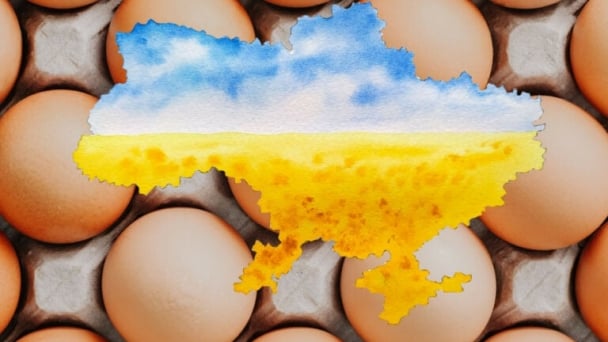
(VAN) Oliyar, a prominent Ukrainian oil and fat manufacturer, has revealed plans to build a farm for 2.3 million laying hens in the Lviv region. The additional production quantities promise to change the competitive landscape of the egg market of the Eastern Europe region.
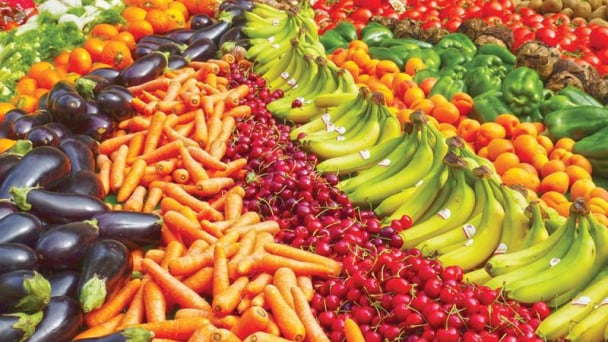
(VAN) On May 15, Ministry of Agriculture and Environment of Vietnam hosted the 'Connecting Vietnam - Germany agricultural, forestry and fishery trade' seminar in Berlin, Germany.
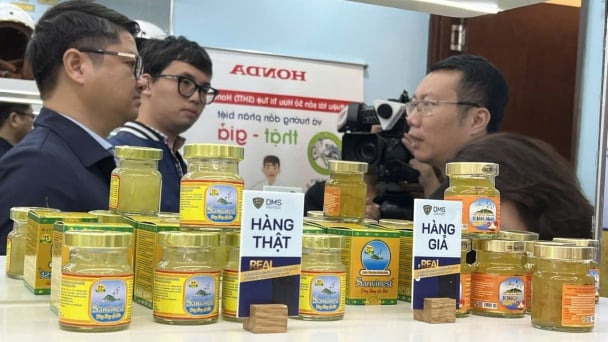
(VAN) In the face of counterfeit and imitation products, Khanh Hoa Salanganes Nest Company hopes for the prompt completion of the legal framework, strict enforcement against violations, and protection of the bird’s nest brand.
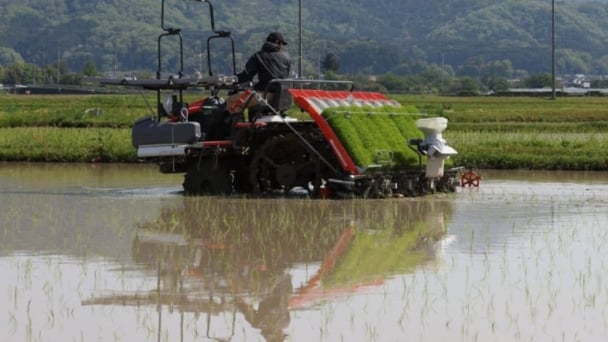
(VAN) Japan's efforts to lower the price of rice through the release of its stockpile may finally be making some progress, albeit at a snail's pace.
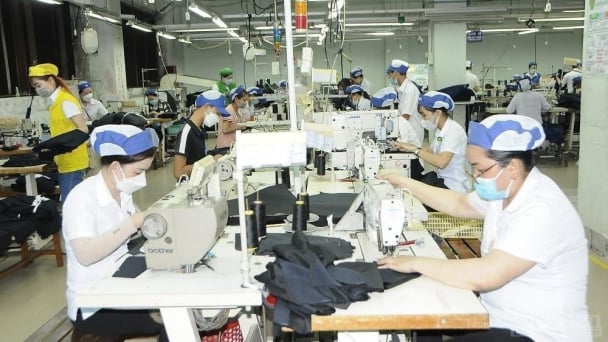
(VAN) U.S. tariffs are not only a 'shock', but also an opportunity for Vietnamese businesses to renew their mindset toward comprehensive development.
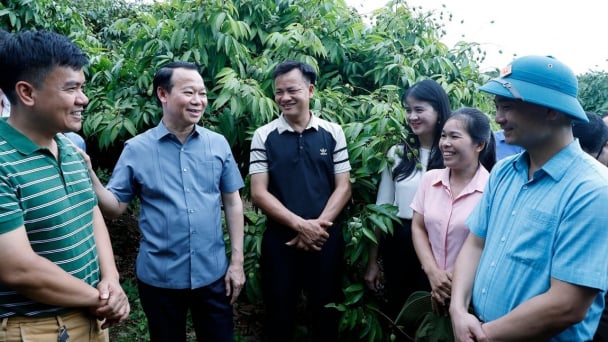
(VAN) As Bac Giang lychee enters the harvest season, Minister Do Duc Duy expects that the fruit will contribute greatly to agricultural exports due to standardized production and deep processing.